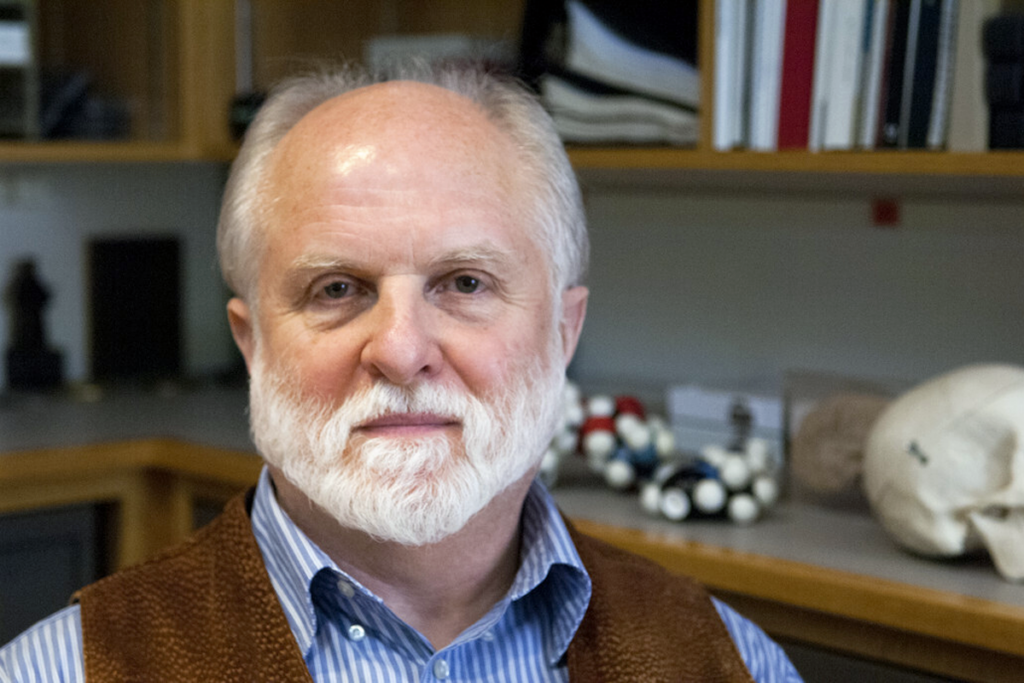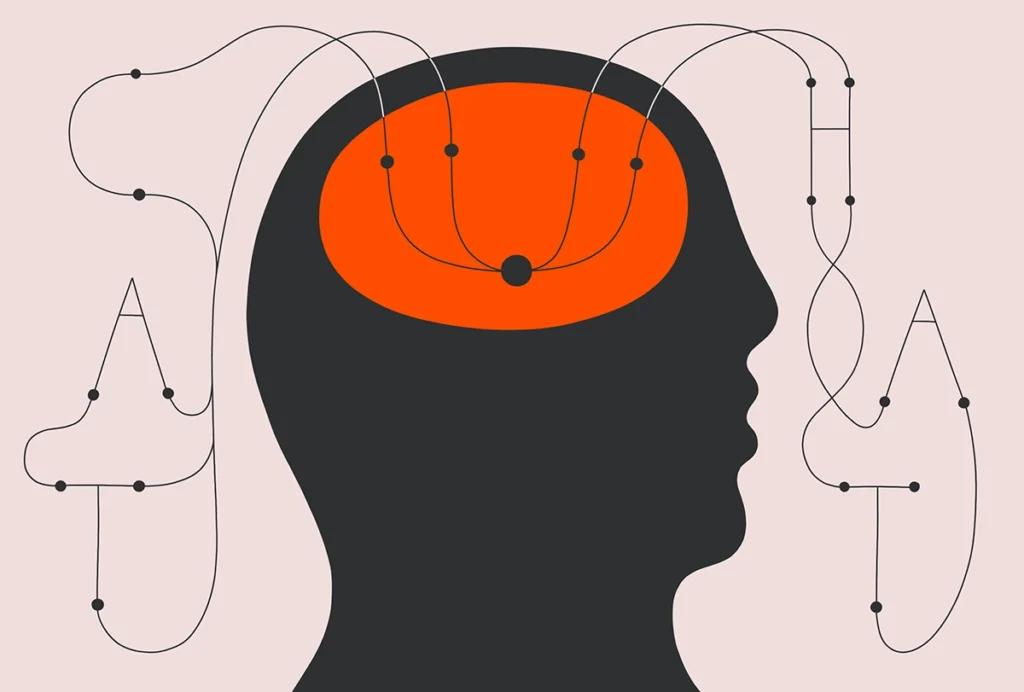Auditory system
Recent articles
Remembering A. James Hudspeth, hair cell explorer
Hudspeth, who died 16 August at age 79, devoted his 50-year career to untangling how the ear converts sound into electrical signals.

Remembering A. James Hudspeth, hair cell explorer
Hudspeth, who died 16 August at age 79, devoted his 50-year career to untangling how the ear converts sound into electrical signals.
Individual neurons tune to complex speech sounds and cues
Neuropixels arrays implanted in people reveal nuances of speech perception and production that confirm results from brain-surface recordings and can even predict what someone is about to say.

Individual neurons tune to complex speech sounds and cues
Neuropixels arrays implanted in people reveal nuances of speech perception and production that confirm results from brain-surface recordings and can even predict what someone is about to say.
Tiny eardrum sounds may help sync visual, auditory perception
Studies of the oscillations reveal that horizontal and vertical eye movements generate distinct sounds.
Tiny eardrum sounds may help sync visual, auditory perception
Studies of the oscillations reveal that horizontal and vertical eye movements generate distinct sounds.
Explore more from The Transmitter
Snoozing dragons stir up ancient evidence of sleep’s dual nature
Deep-sleep cycling between brain waves of higher and lower amplitude dates far back on the evolutionary tree, according to a new comparative study of mammals and reptiles.
Snoozing dragons stir up ancient evidence of sleep’s dual nature
Deep-sleep cycling between brain waves of higher and lower amplitude dates far back on the evolutionary tree, according to a new comparative study of mammals and reptiles.
The Transmitter’s most-read neuroscience book excerpts of 2025
Books by Nachum Ulanovsky, Nicole Rust, and Andrew Iwaniuk and Georg Striedter made the list of some of the year's most engaging neuroscience titles.

The Transmitter’s most-read neuroscience book excerpts of 2025
Books by Nachum Ulanovsky, Nicole Rust, and Andrew Iwaniuk and Georg Striedter made the list of some of the year's most engaging neuroscience titles.
Neuroscience’s leaders, legacies and rising stars of 2025
Here are seven stories from the past year about some of the field’s most engaging figures.

Neuroscience’s leaders, legacies and rising stars of 2025
Here are seven stories from the past year about some of the field’s most engaging figures.